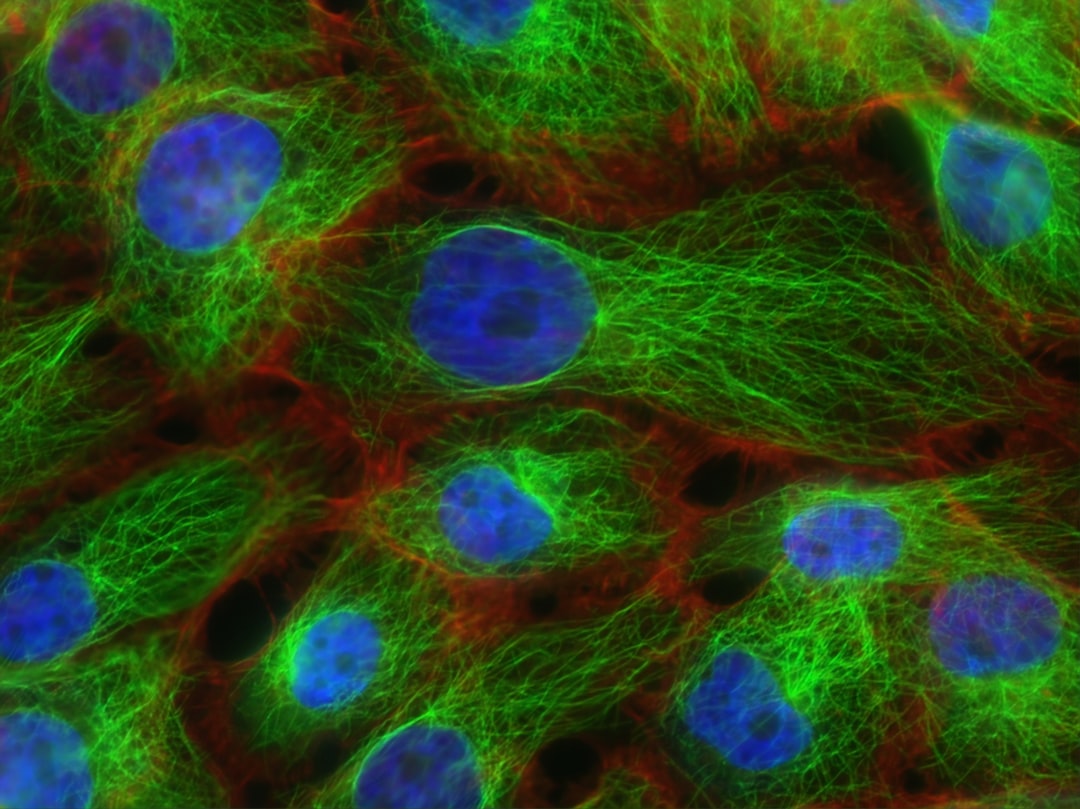What is it about?
We document here that a mutant that changes petal to sepal and stamen to carpel organ identity is a class B mutant. We show the nature of the mutation, fast neutron generated double strand break, and how the down regulation of a single class B gene affects other floral homoetic genes
Featured Image
Why is it important?
This work is important as it shows that outside of Arabidopsis thaliana, in more basal plants like California poppy, protein sequence motifs ensure that of the many possibilities of how MADS box proteins can assemble, the right ones are formed. And that protein motifs in the little studied C-terminal end of MADS box proteins specify which protein complexes are formed.
Perspectives
Starting from a fast neutron irradiated mutant population my former PhD student Matthias found this perfect class B mutant we got into. Then the question on how a protein region that is not highly conserved can have such an enourmous impact on protein struck us and it took a long time to finally make all the experiments that explain the phenotype. and while finding out about the reason for the phenotype we identified a motif for MADS protein complex specificity. This was quite surprising, really.
Dr. Annette Becker
Justus Liebig Universitat Giessen
Read the Original
This page is a summary of: The seirena B Class Floral Homeotic Mutant of California Poppy (Eschscholzia californica) Reveals a Function of the Enigmatic PI Motif in the Formation of Specific Multimeric MADS Domain Protein Complexes, The Plant Cell, February 2013, American Society of Plant Biologists (ASPB),
DOI: 10.1105/tpc.112.105809.
You can read the full text:
Contributors
The following have contributed to this page










